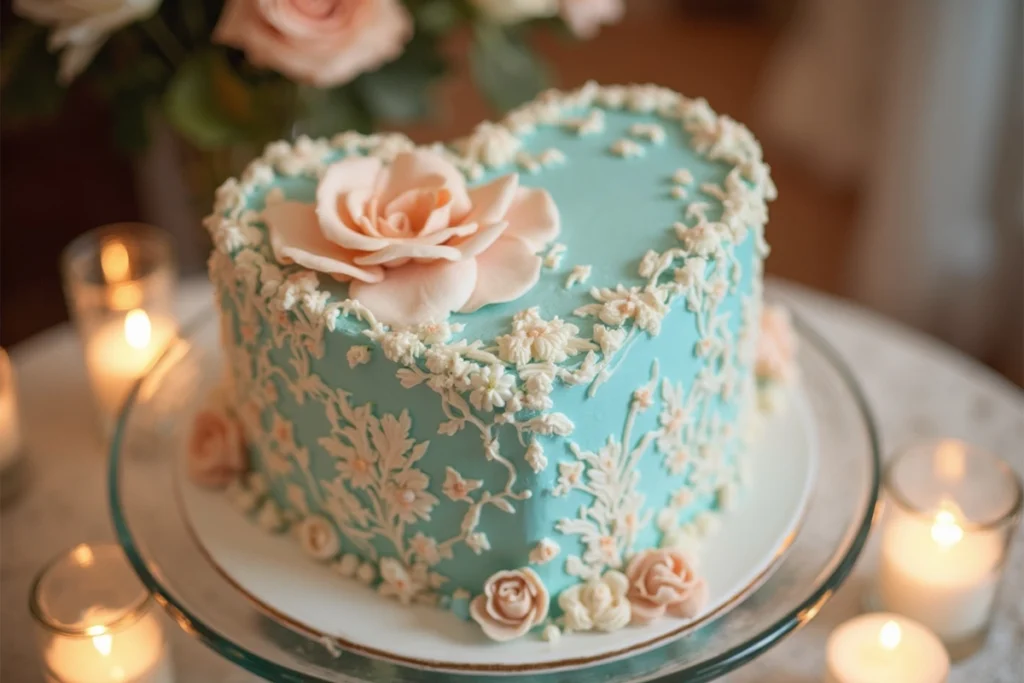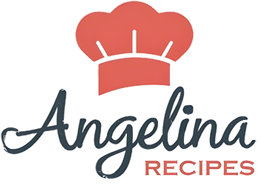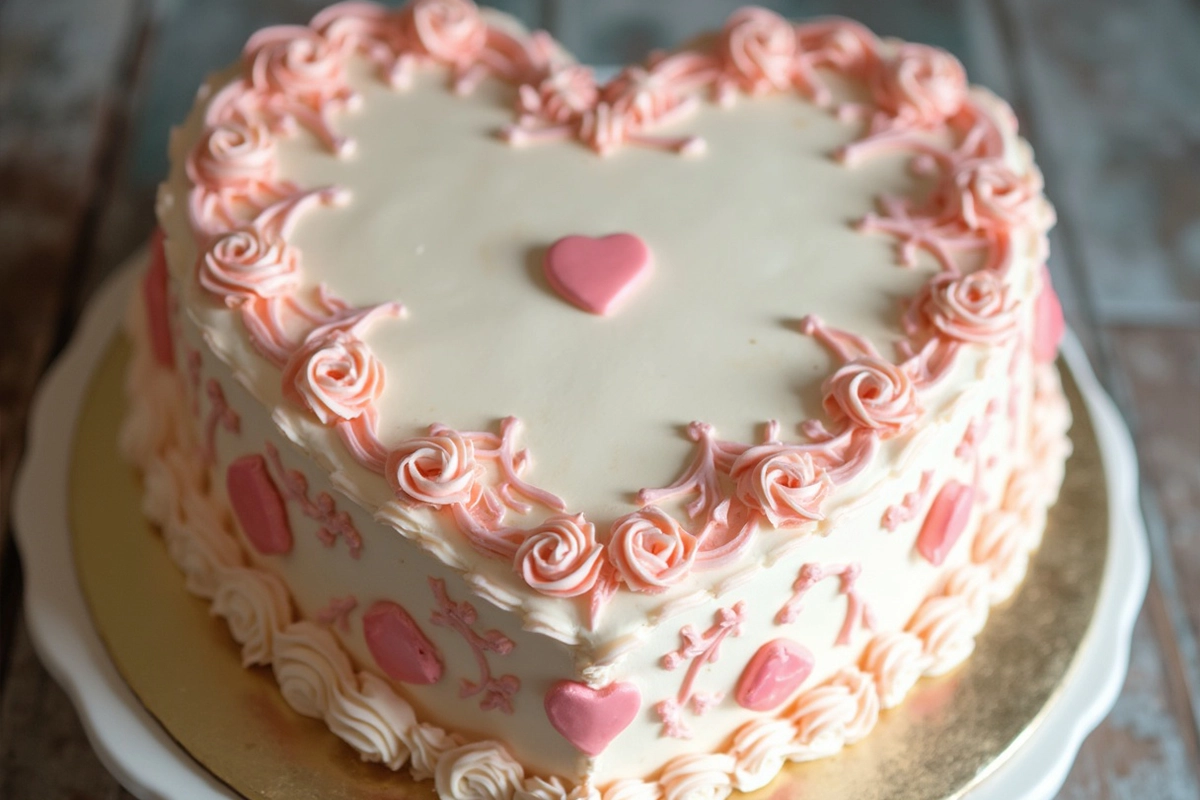Vintage heart cakes have recently become one of the most popular cake designs, especially for events like Valentine’s Day, weddings, bridal showers, and even birthday parties. These cakes are characterized by their heart shape, pastel colors, and intricate piping designs. Their retro style and timeless appeal have made them a favorite among both professional bakers and home decorators. In this article, we will explore everything there is to know about vintage heart cakes, from their history and significance to how you can create one yourself.
A Brief History
The vintage heart cake draws inspiration from retro cake designs popular in the mid-20th century, particularly during the 1950s and 1960s. These cakes often featured pastel colors, elaborate piping, and floral patterns. While these traditional cake styles faded for a time, their charm has been revived with a modern twist. Bakers are now combining nostalgic designs with contemporary flavors and techniques to create stunning cakes that are as delicious as they are beautiful. You can explore more about this trend at vintage heart cake, where you’ll find additional details and visual inspirations.
Why Vintage Heart Cakes Are Trending
In recent years, vintage aesthetics have become a major trend in everything from fashion to home décor, and cakes are no exception. People are increasingly seeking out unique and custom cake designs that evoke a sense of nostalgia and timelessness. A vintage heart cake captures this perfectly, combining retro piping techniques with a simple, romantic heart shape that speaks to the sentiments of love, celebration, and beauty.
For more ideas on how to make a cake with minimal ingredients and still get excellent results, you can check out simple gluten-free desserts that show how creativity can overcome limitations in baking ingredients.
How to Make a Vintage Heart Cake
Creating a vintage heart cake is easier than it looks. Below, we’ll break down the process into a few simple steps, including how to get the heart shape without needing a special mold, the essential ingredients, and how to master those vintage-style piped decorations.
Step 1: Ingredients and Tools You’ll Need
Before you start, gather all the necessary ingredients and tools:
- Cake ingredients: Choose a simple cake flavor like vanilla, chocolate, or even red velvet.
- Buttercream frosting: You’ll need quite a bit of buttercream for this cake. Aim for at least 6-9 cups to ensure you have enough for both frosting and piping.
- Food coloring: Vintage heart cakes usually feature soft, pastel shades. Popular choices include pink, lavender, and mint green.
- Piping bags and tips: You’ll need a few different piping tips, such as a star tip for ruffles and shell borders and a small round tip for writing.
- Round cake pans: Even if you don’t have a heart-shaped cake mold, you can use two 8-inch round cake pans and some clever cutting to get the heart shape.
Step 2: Making the Heart Shape
- Bake two round cakes: You can bake these from scratch or use a boxed mix—just ensure the cakes are completely cooled before cutting.
- Cut the cakes into a heart: To create a heart shape, cut a small V-shape out of the top of each round cake. Use the curved pieces from the cutouts to shape the top of the heart. Place the two halves together on a cake board.
- Assemble and frost: Apply a thin crumb coat of buttercream to lock in the crumbs, then refrigerate for about 20 minutes before applying the final layer of frosting.
For more ideas on how to perfect the art of making cake shapes, take a look at this tutorial on heart-shaped cakes.
Mastering the Piping for Vintage Heart Cakes
One of the key features that set vintage heart cakes apart is the elaborate piping that adorns them. This includes ruffled borders, shell decorations, and floral designs. These intricate patterns may seem daunting at first, but with some practice and patience, you can achieve professional-looking results.

Step 3: Piping Techniques
- The Shell Border: Start with a large star tip and hold the piping bag at a 45-degree angle. Squeeze the bag to create a shell shape, then release pressure as you pull away. Continue this along the edge of the cake for a traditional border.
- Ruffles: Using a smaller round or petal tip, create vertical ruffles along the sides of the cake. This adds depth and a vintage feel to the design.
- Floral Accents: Add small roses or flowers with a petal tip. These should be placed delicately on the corners or as a focal point in the center.
Step 4: Writing the Message
A classic element of a vintage heart cake is the message written on top. Popular messages include “Be Mine,” “I Love You,” or even personalized notes like “Happy Birthday.” The key to clean writing is using a small round piping tip and making sure your buttercream is the right consistency—not too soft but firm enough to hold its shape.
Want to experiment with simpler gluten-free cakes for your celebrations? Visit this page on delicious gluten-free dessert recipes for inspiration.
Flavor Variations for Vintage Heart Cakes
While the most traditional flavors for vintage cakes are vanilla and chocolate, you can get creative with flavors to match the theme or season of your event. Here are a few popular options:
- Red velvet: A popular choice for Valentine’s Day due to its striking red color and rich flavor.
- Lemon or citrus cakes: These add a light, fresh taste that pairs well with the rich buttercream.
- Chocolate ganache: For chocolate lovers, a rich chocolate cake with ganache filling is both indulgent and delicious.
For more gluten-free options, you might enjoy experimenting with flourless peanut butter cookies, a delicious alternative dessert to try alongside your cake.
Decorating Ideas and Inspiration
Decorating a vintage heart cake is where you can let your creativity shine. Some popular themes include:
- Classic romance: Stick to pinks and reds with delicate floral piping.
- Retro chic: Use bold, bright colors like turquoise and yellow for a fun, retro vibe.
- Minimalist elegance: Stick to one or two soft pastel shades with minimal piping for a modern twist on the vintage design.
Consider adding edible pearls or gold leaf for extra elegance. You can also experiment with different types of frosting such as Swiss meringue buttercream for a smoother, silkier texture.
How to Serve and Display a Vintage Heart Cake
Your vintage heart cake deserves a beautiful display. For formal events like weddings or bridal showers, consider using a cake stand or pedestal. Surround the cake with vintage elements like lace doilies, candles, and floral arrangements to enhance the overall theme.
If the cake is part of a larger dessert table, consider serving smaller heart-shaped cupcakes or cookies as well. This creates a cohesive and charming look that will delight guests.
FAQs about Vintage Heart Cakes
What is a vintage heart cake?
A vintage heart cake is a heart-shaped cake decorated with intricate piping designs reminiscent of the retro cake styles from the 1950s and 1960s. These cakes are typically adorned with soft pastel colors, ruffles, floral patterns, and often feature romantic or personalized messages.
What flavors are common for vintage heart cakes?
The most common flavors are vanilla and chocolate, but red velvet, lemon, and citrus flavors are also popular. Some bakers incorporate rich chocolate ganache or fresh fruit fillings for an extra layer of flavor.
Can I make a vintage heart cake without special tools?
Yes! You don’t need a heart-shaped cake pan to make a vintage heart cake. By using two round cake pans and cutting them into heart shapes, you can easily create the base for your vintage cake. A few simple piping tools will help you achieve the decorative look.
How do I get smooth buttercream for piping?
To get the right consistency, use medium-stiff buttercream. Make sure to beat your buttercream well to avoid air bubbles, which can affect the smoothness of your piping.
Conclusion
Vintage heart cakes are a beautiful way to add a touch of romance and nostalgia to any special occasion. By following the steps outlined in this guide, you’ll be able to create a stunning cake that not only looks vintage but tastes incredible. Whether you’re an experienced baker or a beginner, with some patience and practice, you can master the art of creating your own vintage heart cake.
If you’re interested in learning more about cake decorating techniques, there are plenty of resources available. For instance, you can explore this Beginner’s Guide to Cake Decorating, which offers valuable tips for perfecting your piping skills. Additionally, for those looking to experiment with unique cake flavors, check out this article on trendy cake flavors for some fresh and creative ideas.

